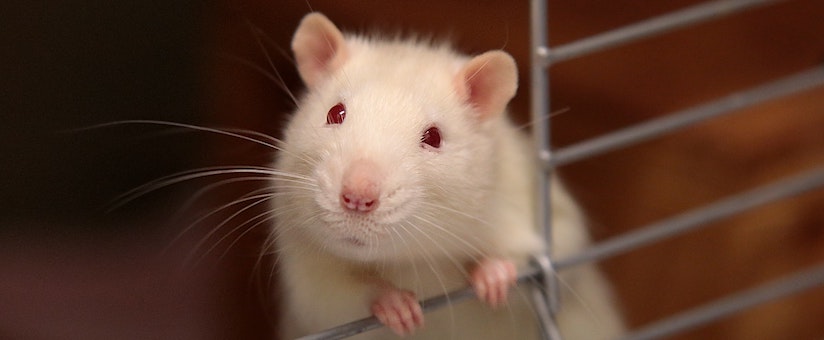As with all researchers, at least the ones I have been around, the search for truth in their experimental outcomes is very dependent on what they expect to happen when they pour solution A into solution B. This is usually based on a reading of the literature about solutions A & B and also very greatly influenced by the person in charge of the laboratory’s view as to what should happen when solution A meets Solution B.
The expected result rarely just happens! At first everyone attributes this to inexperience and that with a little practice in getting solutions A & B correct and at the right temperature and mixed well enough etc. that the expected outcome will finally occur. Make no mistake, this is a strong prejudice and almost everyone I know that has worked in science has observed it often even in themselves, present company not excepted.
I don’t know when the liberating aha moment occurred to me, but it did and at that point in my scientific career I began to simply, “believe my data.” It is a concept that is much harder to practice than to preach. The weight of evidence written, black and white in peer reviewed articles that predict either directly or indirectly the outcome of what should happen should solution A is added to solution B is a mighty force in a researcher’s perception of what is happening.
But once I had the concept, I became a true believer and began to proselytize this to my work mates and to my staff when I finally had my own laboratory. The best example I ever had with this concept was once, after my staff and I had run many times the same experiment and the results kept coming out as something we shouldn’t believe, I finally sat them down and had a meeting where I gave this analogy.
“Science is done by doing research.” I began.
“If you think about the word research as the prefix, “re-“ and the stem, “search,” (both from French rechercher meaning to search intently (the re- in this case is the intensive prefix not the do it again prefix) you get the meaning of how we look for the truth. If you are given a strong flash light and are told to search a room and after seeing everything is orderly and good suddenly at the end of your search discover a dead rat in the corner of the room, what do you do?”
“You do not want the rat to be there! But it is there, so how do you handle this?”
“You can ignore the dead rat as far too many do.”
“You can throw the dead rat out and claim there was no such evidence which unfortunately many researchers also still do.”
“You can simply report the dead rat and challenge the rest of the data to either explain it or to be reinterpreted, which unfortunately all too few of us do.”
Years later, one of my employees at that meeting was looking for a new position and told me that during her interview the interviewee had asked her what the most valuable lesson was that she had learned from her previous employment. She answered with the dead rat analogy.
She was awarded the position and when she asked the employer later how she had gotten the job as there were many other applicants, he replied. “The dead rat convinced me.”

